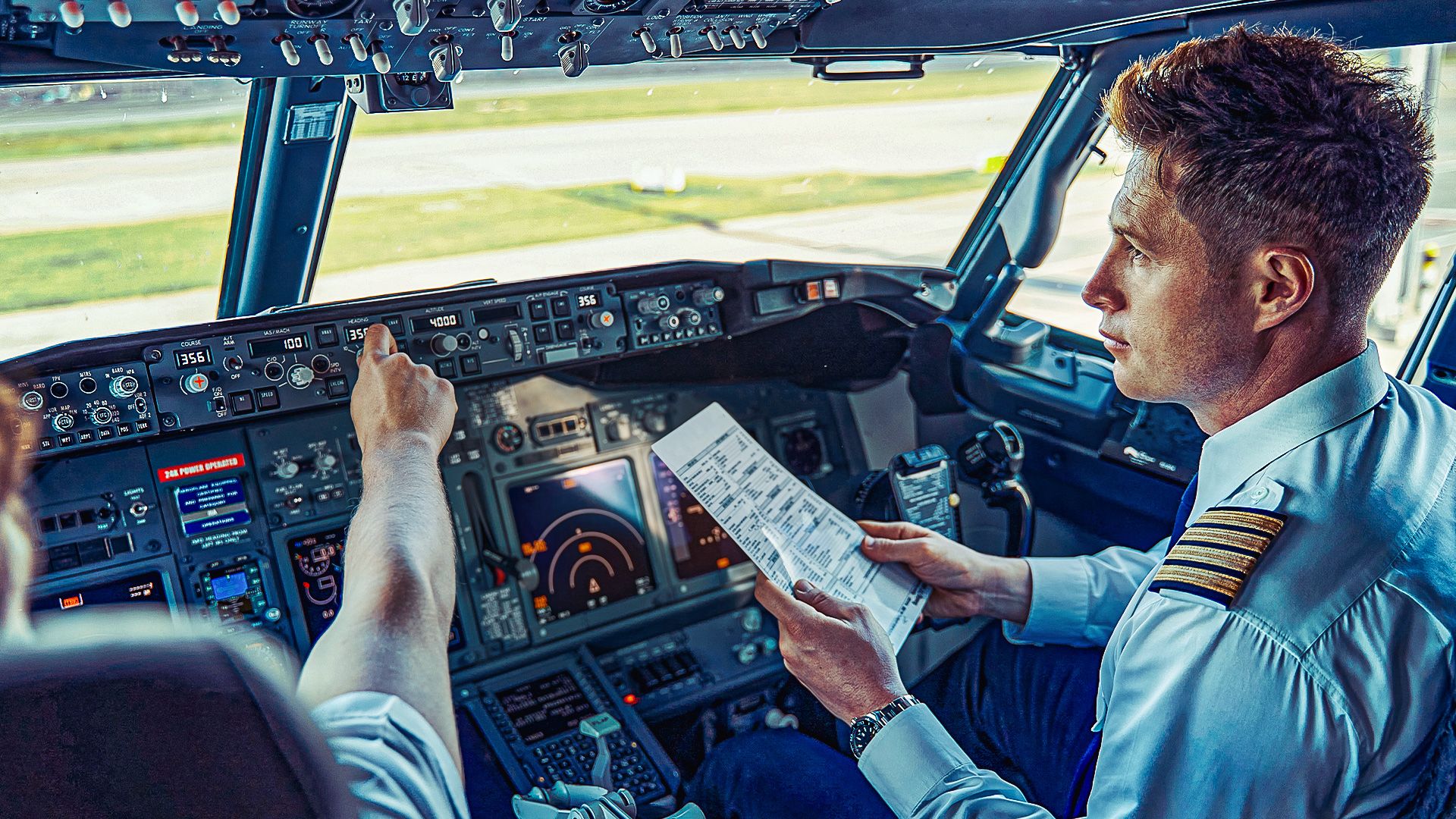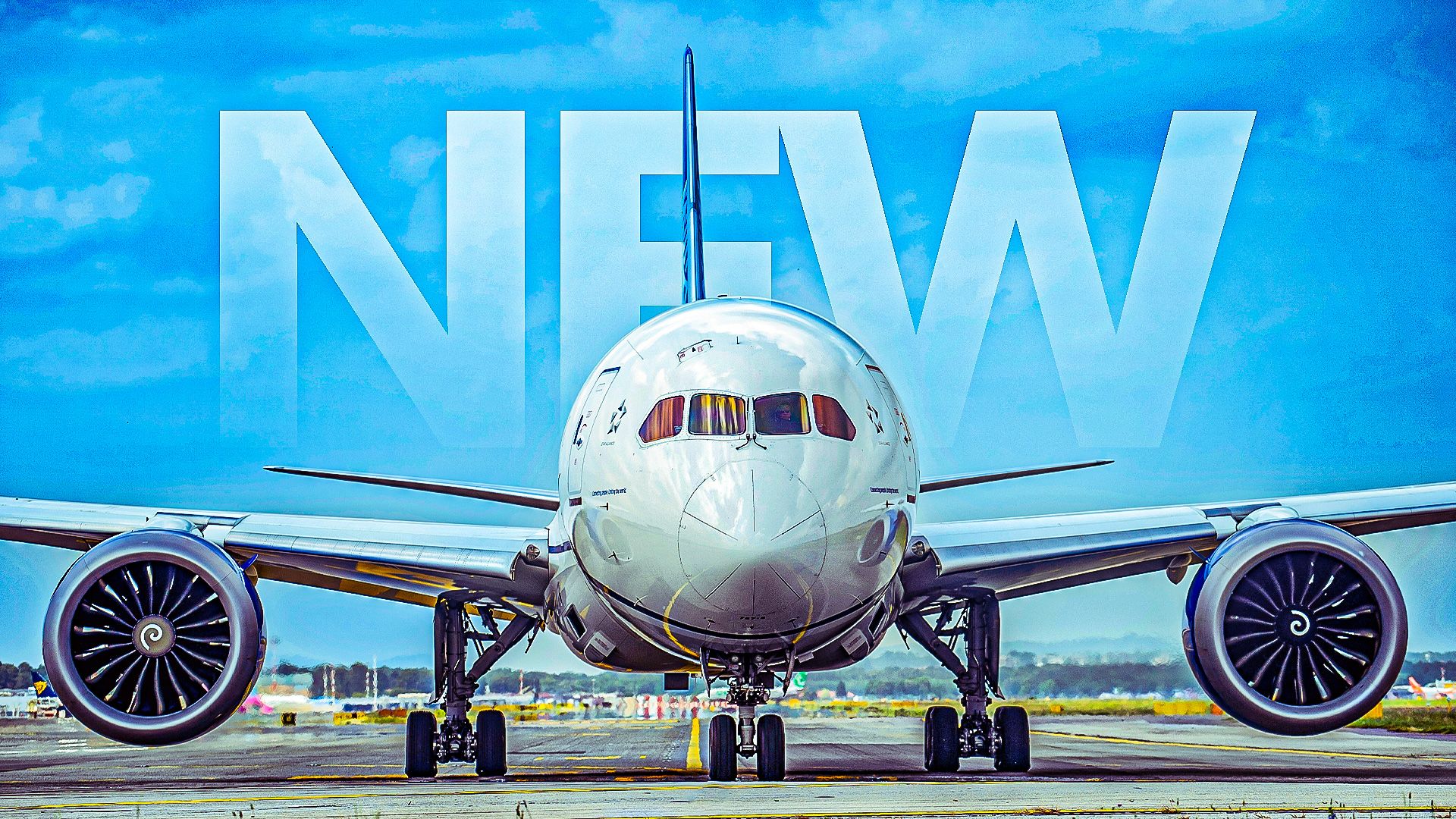The commercial airline industry in the United States is experiencing significant changes in 2025, particularly regarding pilot salaries. Salaries for first officers at major airlines such as American Airlines, Delta Air Lines, and United Airlines have reached record highs, reflecting the growing demand for qualified pilots and the evolving nature of their roles. According to the US Bureau of Labor Statistics, the median annual salary for commercial pilots was approximately $198,100 in May 2024, highlighting the lucrative nature of this profession compared to the national median wage of $49,500.
While the median figure provides a general overview, salaries can vary significantly based on several factors, including the airline, experience level, aircraft type, and location. Notably, there exists a considerable salary gap between first officers and captains, which underscores the differences in responsibility and experience.
Understanding Pilot Roles and Salary Structures
Pilots are essential for the safe operation of flights, and their rank plays a critical role in determining their salary. Captains, known as the “pilot in command,” bear the ultimate responsibility for flight decisions, even if these decisions diverge from the airline’s guidelines. For instance, a recent incident involved a Delta Air Lines captain who refused to fly an aircraft, despite maintenance clearance, due to personal concerns about its safety. Such decision-making authority is a key distinguishing factor between captains and first officers.
Salaries for first officers can vary widely. For regional airlines, first officers typically earn between $55,000 and $80,000, depending on their experience, which ranges from 1,500 to 2,500 flight hours. At larger airlines, first officer salaries increase significantly, ranging from $120,000 to $160,000 for those with 3,500 to 4,500 flight hours. In contrast, captains at regional airlines earn between $85,000 and $120,000, while those at major airlines can earn over $200,000 with more than 5,000 flight hours and extensive experience.
Understanding the compensation structure reveals that airline pilots are typically not salaried employees but are paid per flight hour. While this means they earn money only when in the cockpit, most airlines guarantee a minimum monthly salary, ensuring pilots are compensated even during months with flight cancellations. Pilots usually fly between 70 and 85 hours monthly, with a cap of 1,000 hours annually. Given the current pilot shortages, many airlines are offering overtime pay, sometimes exceeding 300% of the standard hourly rate, to attract pilots.
Factors Influencing Commercial Pilot Compensation
Beyond experience, several factors influence the salaries of commercial pilots. Employment history is significant; loyalty to a single airline often results in higher pay rates. Additionally, the type of aircraft flown plays a crucial role in determining hourly wages. For example, a first officer flying a 737 with three years of experience could earn approximately $161 per hour, while the same pilot flying a 777 may earn around $198 per hour.
Most pilots in the United States are unionized, which greatly influences their compensation, working conditions, and benefits. The effectiveness of these unions, along with historical agreements, can significantly impact pilots’ earnings. Pilots in the US typically enjoy some of the highest salaries globally, though international comparisons reveal that pilots in Europe generally earn less, while those in parts of Asia, such as China, can earn between $300,000 and $500,000 annually due to rapid industry growth.
The Middle East also offers competitive salaries, ranging from $100,000 to $200,000, with the added benefit of tax-free earnings and attractive benefits packages.
As the aviation industry evolves, aspiring pilots must consider the demands of the profession. Becoming a commercial pilot often involves a challenging work schedule, including variable flight times and overnight layovers. Typically, pilots receive their monthly schedules in advance, with some airlines allowing senior pilots to bid on preferred routes.
The path to becoming a pilot typically begins at regional airlines, such as Envoy Air or Horizon Air, after obtaining an Airline Pilot Certificate (ATP) and accumulating 1,500 flight hours. Notably, the current pilot shortage has enabled some first officers to ascend to captain positions within as little as two years, and regional airlines are offering attractive sign-on bonuses.
The outlook for commercial pilots remains optimistic. The US Bureau of Labor Statistics projects a 5% increase in job opportunities for commercial pilots from 2024 to 2034, significantly higher than the 3% average for all occupations. This growth is driven by an increasing number of retirements and a surge in global travel demand.
With ongoing shortages and rising demand, pilots can expect improvements in salaries and benefits, along with greater job security in the coming years. As the industry continues to evolve, the journey to becoming a pilot remains not only a viable career path but also a fulfilling lifestyle choice for many.







